Is historical wargaming dying? I don’t think so. The inevitable rise of the historical gaming genre is as obvious to see as the Red Coats advancing up Bunker Hill. So, why is it that some gamers are so quick to write off historical wargaming?
Here, we take a quick dive off the deep end to explore some of the reasons why historical wargaming is not only relevant, but thriving.
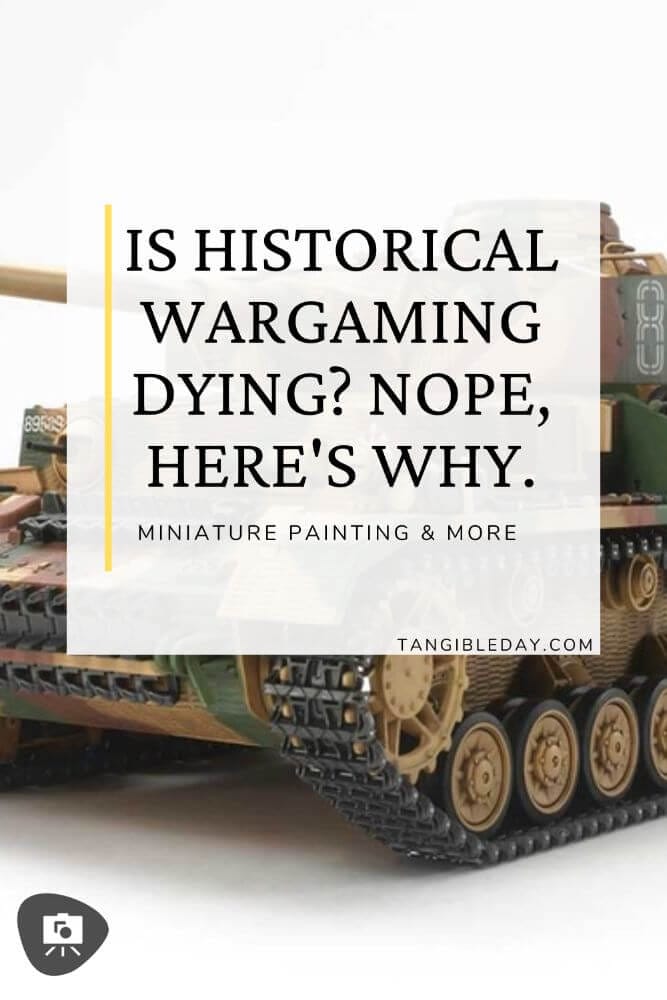
Summary (TL;DR): Is Historical Wargaming Dead?
The death of historical wargaming has been greatly exaggerated. People will always be drawn to the challenge, accuracy and immersive experience of historical gaming. In spite of some people’s pessimism, historical wargaming remains an incredibly popular genre and is continuing to grow in popularity.
Historic scale models, miniatures and other tangible tools are being used to create an incredibly immersive experience that cannot be matched by digital experiences. With the advent of more digitally augmented miniature tabletop games, such Carnage and Glory II or even board games like Descent, historically-themed wargaming will only become more accessible and enjoyable for gamers around the world.
Whether you’re drawn to the tactical challenge as a history buff, the immersive experience of gaming miniatures (and the fantastic scale model battlescapes) or just because it’s fun, there is no denying that historical wargaming has a lasting place in the gaming industry.
3 Popular Historical Wargaming Titles
- Carnage and Glory II (Our favorite historic wargame system)
- Bolt Action (WW2 theme)
- Black Powder (European 19th Century theme)
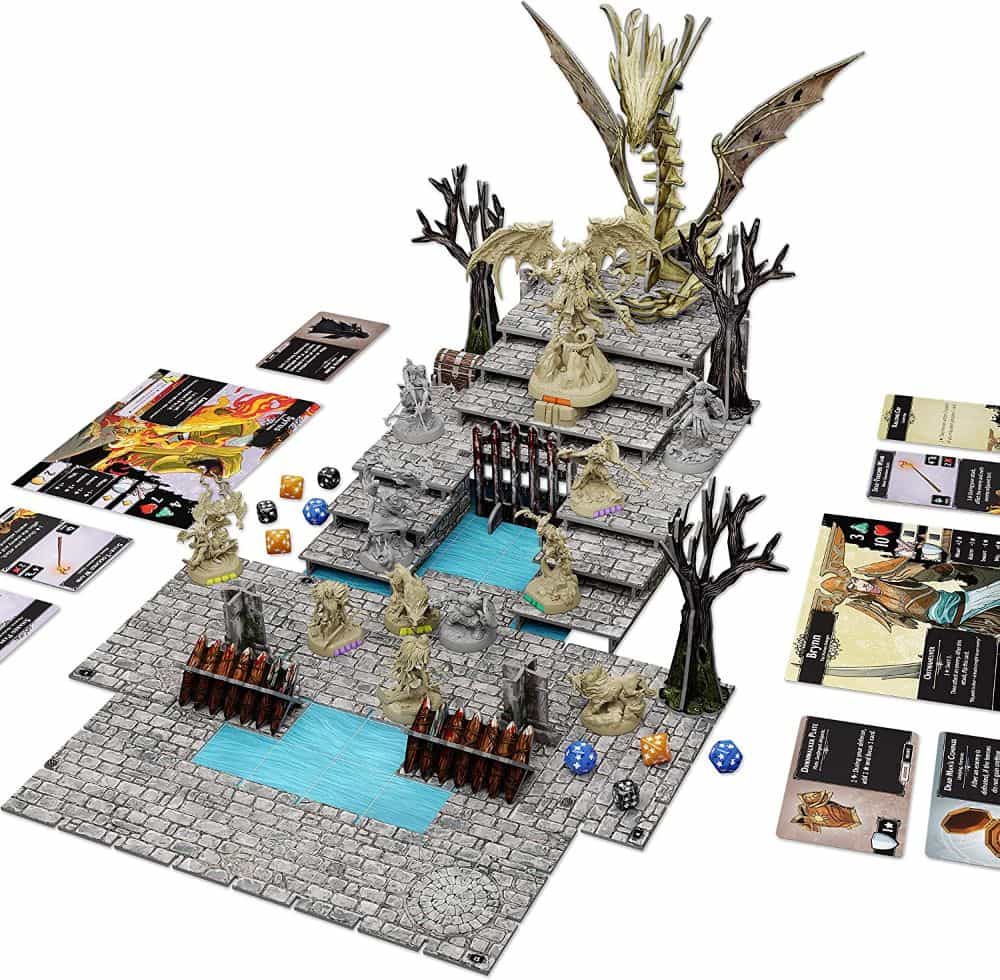
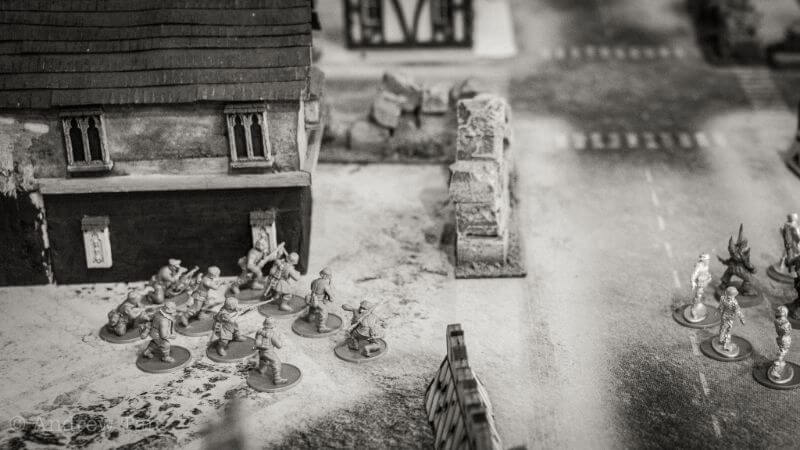
What is Historical Wargaming and Why is it Becoming Popular Again?
Historical wargaming is a form of gaming that simulates military conflicts from history. Players can use miniatures, board games, or computer games to take on the role of generals and commanders, leading their troops to victory.
The appeal of historical wargaming is that it allows players to experience famous battles firsthand and learn about important military strategy and tactics. There are huge number of books dedicated to the hobby of historical tabletop gaming.
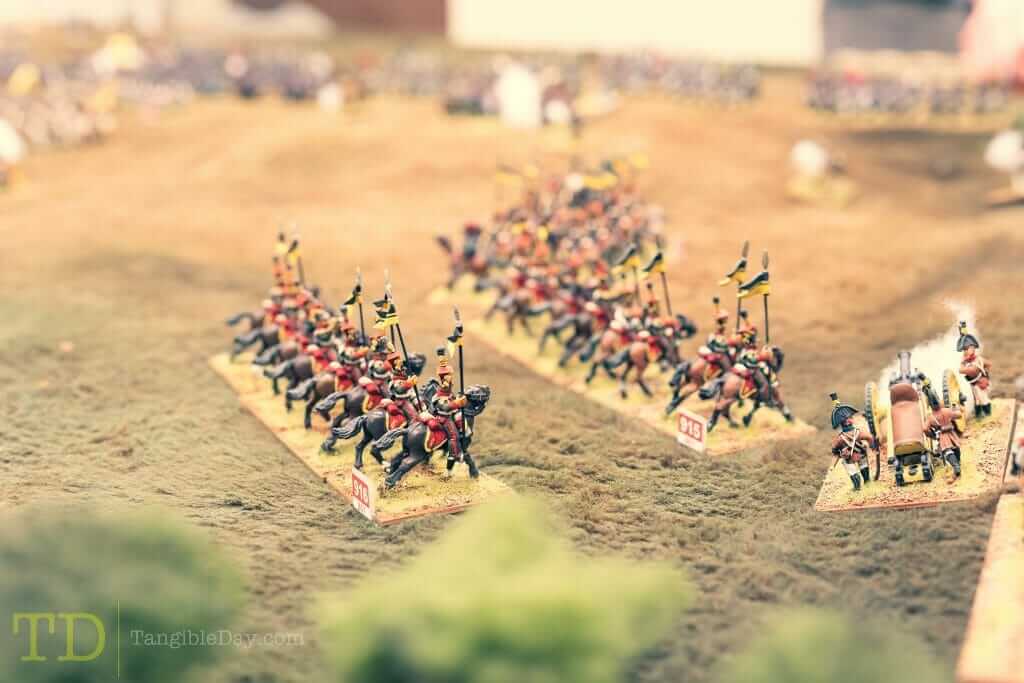
Additionally, with the rise of social media, historical wargaming has become more accessible than ever before, making it easy for gamers to connect with like-minded players from around the world.
As a result, historical wargaming is enjoying a resurgence in popularity, attracting both new and experienced gamers alike.
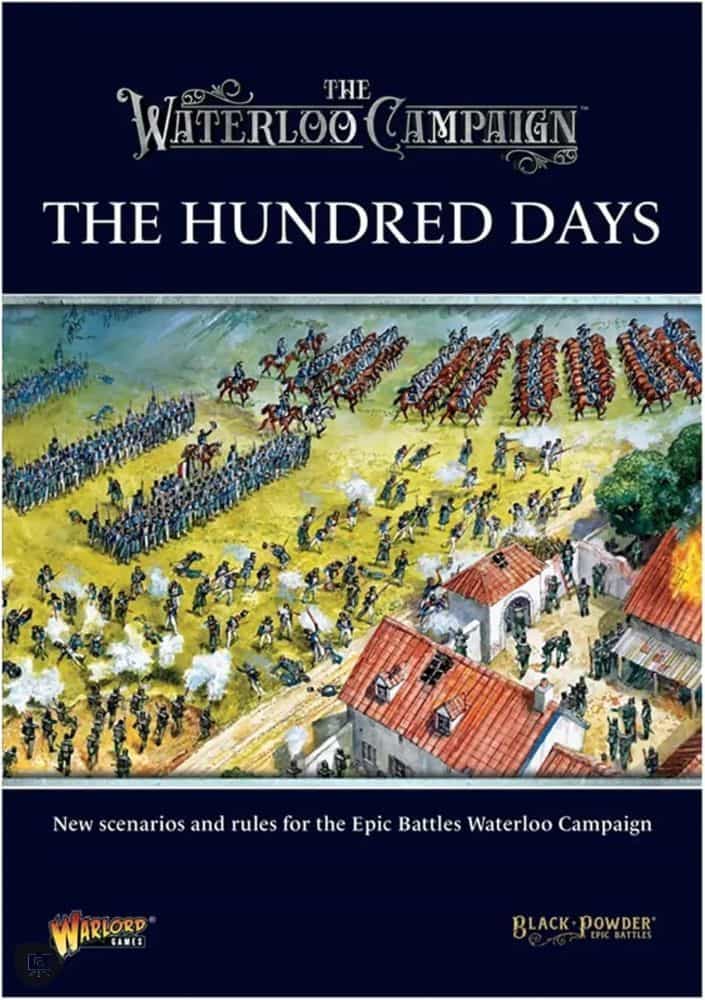
How is Historical Wargaming Different?
Most people are familiar with modern wargaming, whether it’s strategy games like Risk or Civilization, first-person shooters like Call of Duty, or even online games like World of Warcraft.
But what about historical wargaming? What sets it apart from its more modern counterpart?
For starters, historical wargaming focuses on simulating specific conflicts that actually took place, rather than fictional ones. This means that players will either be familiar (or become familiar) with the details of the battles they are replicating, in order to make strategic decisions that accurately reflect what happened.
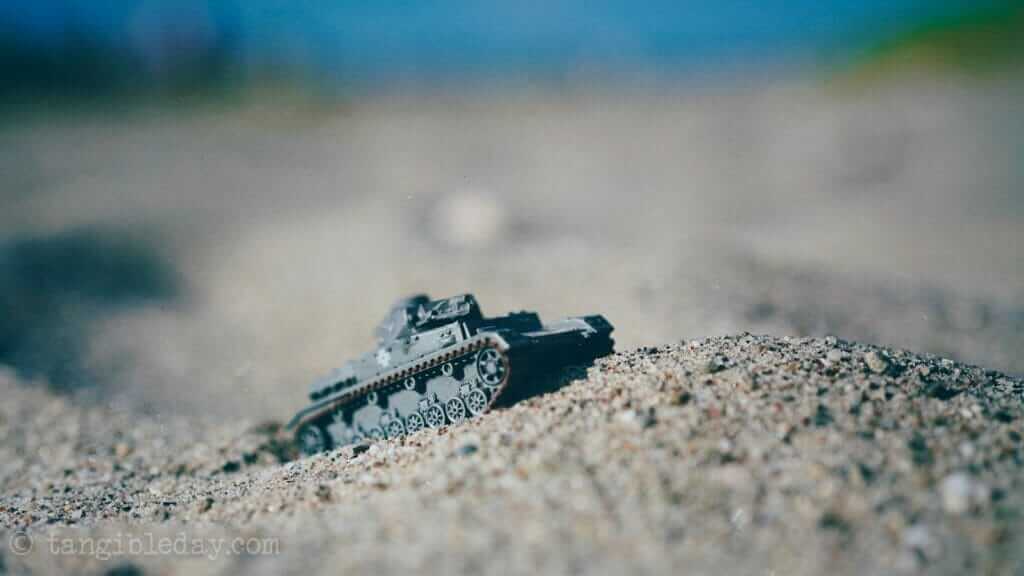
At the same time, I’ll note that some historical wargames take some abstractions to reduce the complexity of game play. But you’ll find that historical wargaming also tends to be more complex than modern wargaming, which tend to be more casual.
Historical miniature games tend to have rules that take into account things like economic resource management, troop morale, character leadership charisma, terrain features, and even dynamic weather effects.
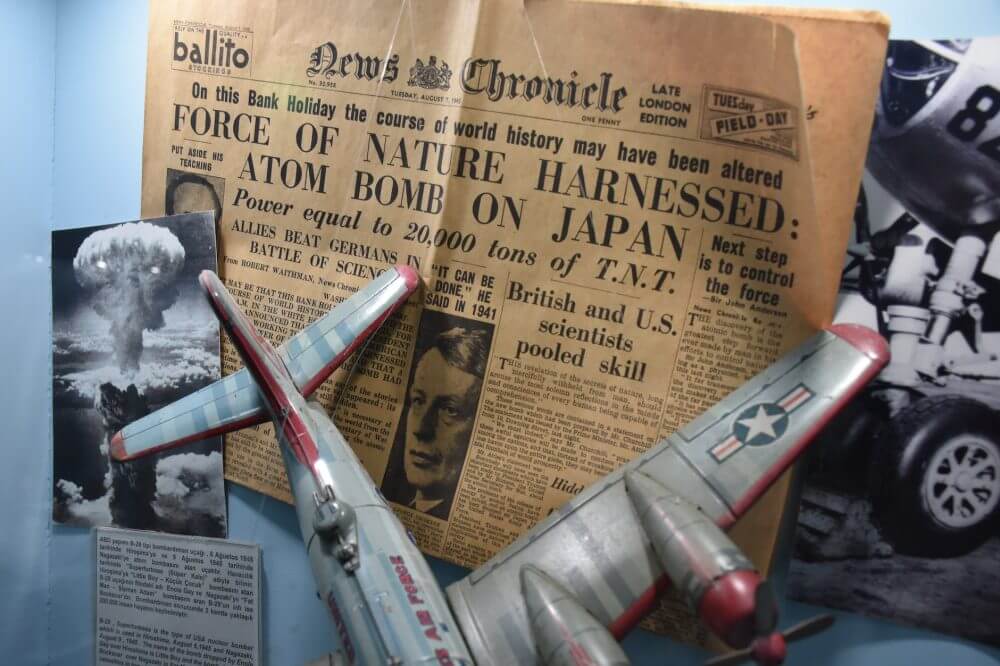
This makes for a more realistic and challenging experience, but one that can also be very rewarding. The tactical depth of many historical games lends to the feeling that you are truly in command of your troops, and that the decisions you make can mean the difference between victory and defeat.
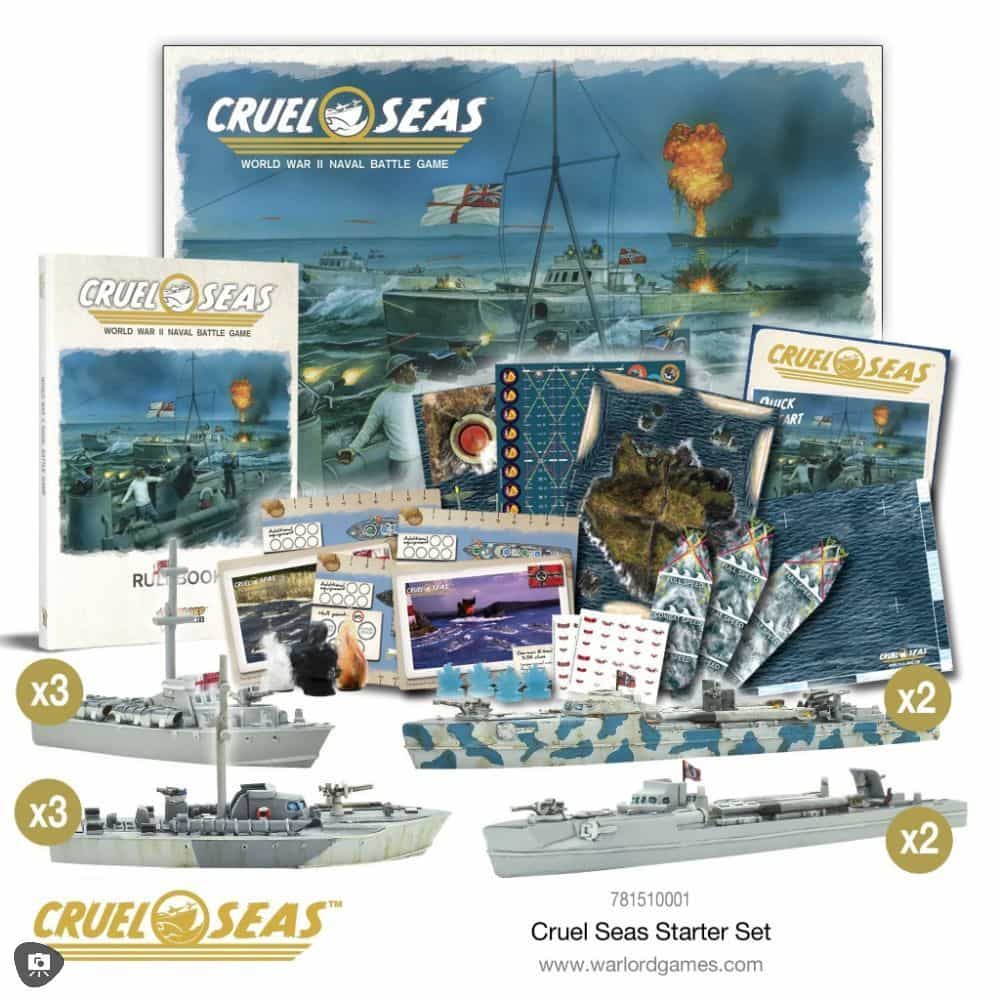
Some historical wargames often come with detailed miniatures and terrain pieces that add to the visual beauty and immersion factor. It’s not uncommon for gamers to spend hours painting their figures and constructing elaborate battlefields to recreate epic battles, blood thirsty skirmishes.
And for the adventurous, you can find some wargames of the historical nature can take place in the sky or on (or under) the high seas.
Where to Start? The Road to War….
For those who love history and gaming, historical wargaming offers the perfect blend of both worlds. However, getting started in this fascinating hobby can seem daunting.
Where do you begin? What rules should you use? What miniatures should you collect? Here are a few tips to help you get started in the wonderful world of historical wargaming.
First, decide which period of history interests you the most. Do you want to stage grand battles from the Napoleonic Wars or recreate skirmishes from the American Civil War?
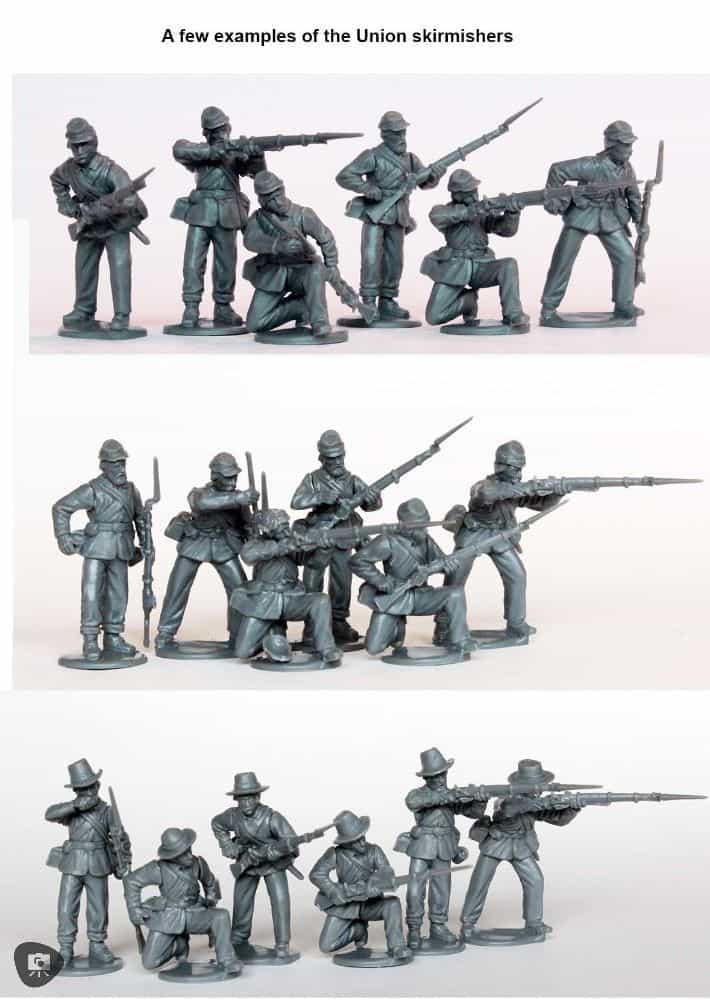
Once you’ve narrowed down your options, do some research on the subject. Read books, watch documentaries, and visit historic sites. This will give you a better understanding of the people, cultures, and militaries involved in your chosen conflict.
Next, choose a set of rules that appeals to you. There are many different rule systems available, so take your time and find one that seems like a good fit. In addition, check out some of the online resources devoted to historical wargaming. These can be a great source of information and inspiration.
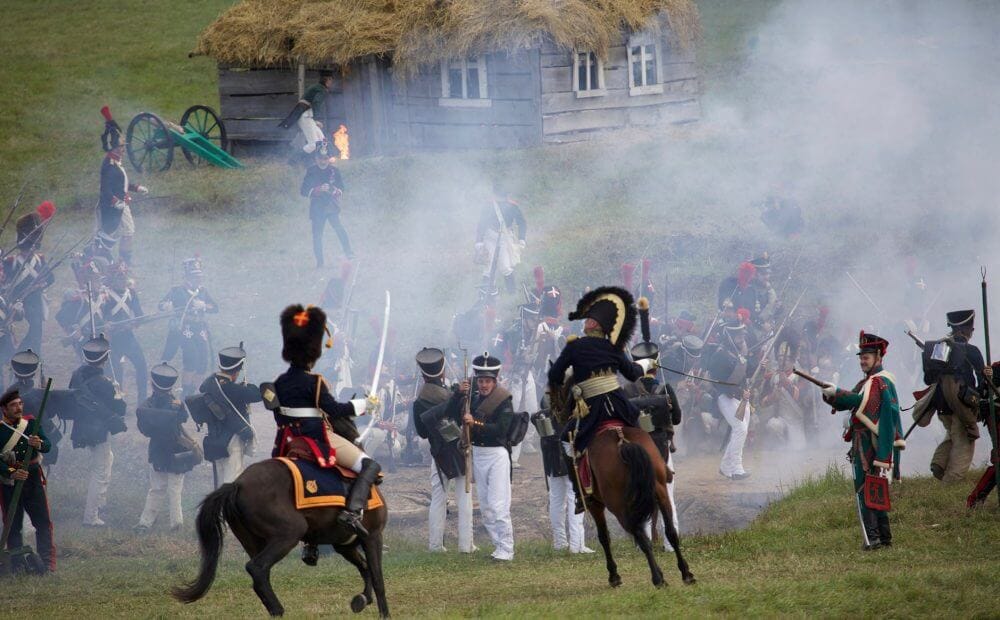
Finally, start collecting miniatures. There are many different ways to acquire them, but the best way is to buy them in bundled starter sets.
Not only is this more economical, but it also gives you the opportunity to try out different manufacturers’ products before committing to a specific range.
How to Get Started in Historical Wargaming: Home brew Tips from the Experts
When it comes to wargaming, historical campaigns can be some of the most enjoyable and rewarding experiences. You also don’t have to buy pre-packaged games or kits. Instead, you can create your own campaigns based on some research.
If you take this route, then you’re in for a challenging albeit educational experience.
Not only does this approach offer you an opportunity to dig into a deep well of rich content, but you’ll learn to explore different cultures and periods of history. It would overwhelm you….or take you directions you never thought you’d go.
Certainly, historical campaigns can also be extremely challenging to create. Here are a few tips to help you get started:
1. Do your research: A historical campaign should be based on real events and accurate information. The more you know about the period you’re recreate, the better. Be sure to consult multiple sources and cross-check your facts.
2. Plan ahead: A good campaign will have a clear objective and a well-defined sequence of events. By planning ahead, you can avoid many of the pitfalls that can make a campaign feel disjointed or unfocused.
3. Pay attention to detail: The little details can make all the difference in historical authenticity. If your units are using outdated equipment or your map is inaccurate, it can take away from the immersion of the game. Try to find resources that will help you create as realistic an experience as possible.
4. Keep it flexible: Despite your best efforts, things will inevitably go off course during a campaign. Rather than trying to force everything back on track, embrace the chaos and use it to add excitement and unpredictability to the game.
By following these tips, you’ll be able to start crafting home brew historical wargames. For more info, check out my favorite book on the topic of wargaming: The Wargaming Compendium.
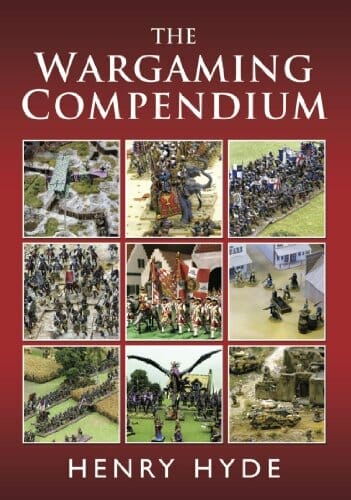
Of course, if you’re a bit less inclined to starting from scratch, you can buy into wargaming products from different gaming companies.
Examples of popular historical wargames
Popularized historical games like Bolt Action (from Warlord Games) or Victory at Sea are great examples of games that accurately recreate the feel of specific periods or conflicts without bogging you down in statistics (aka, realism).
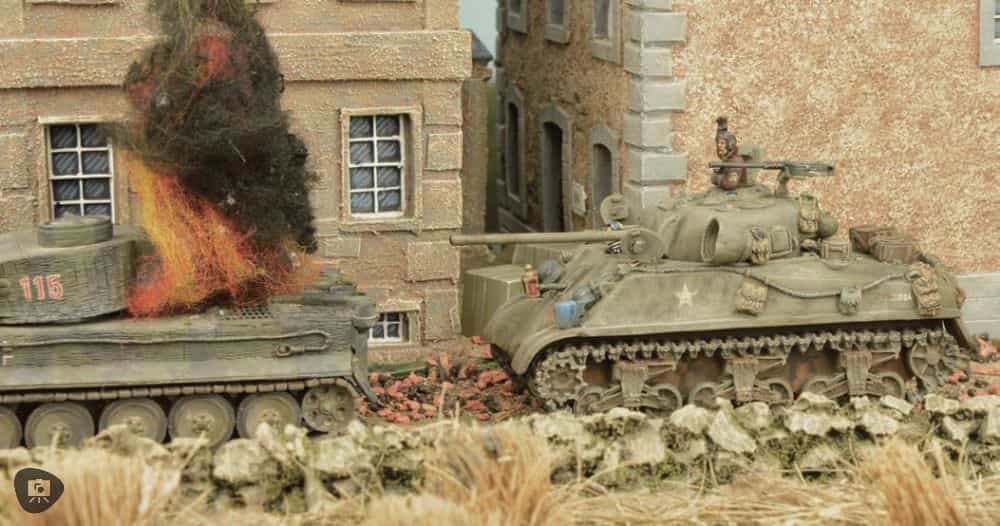
Other popular games, like Warhammer 40k (from Games Workshop), take a more fantastical approach, but are still based on historical themes and settings.
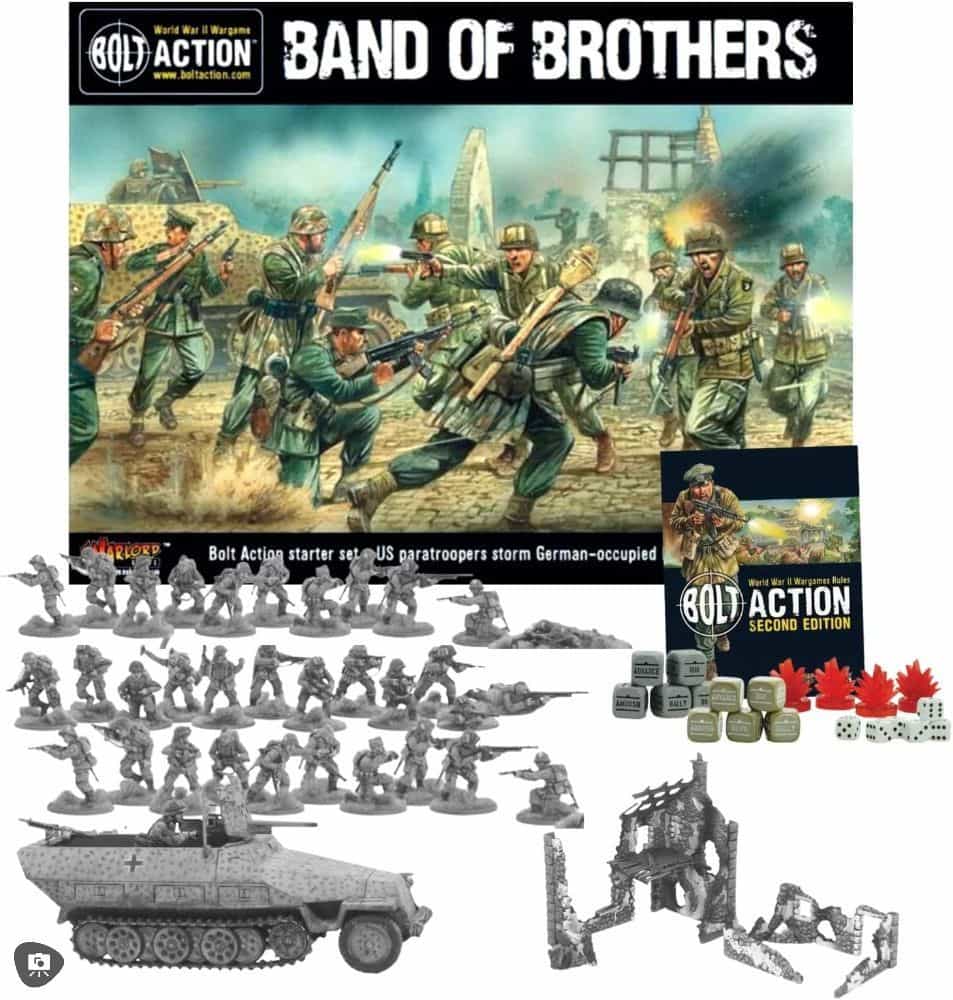
In the digital age we live in, many games have started augmenting their gameplay with computer AI to determine and resolve combat and other in-game effects. Carnage and Glory II is one such example, as well as many of the Total War video games which are rumored to become physical miniature games.
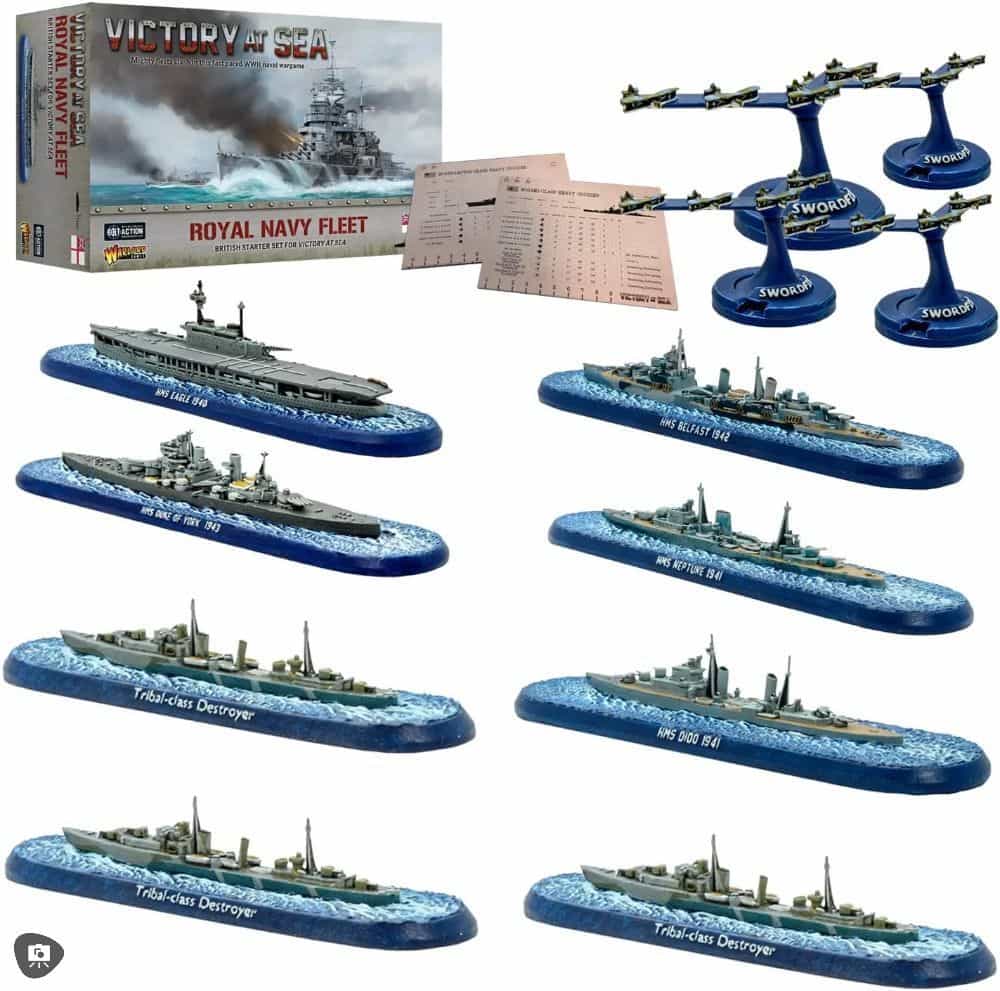
For more examples of other popular wargames with historical or fantasy/sci-fi themes, check out this miniature wargaming list and overview.
The Future of Historical Wargaming Looks Bright!
There’s something undeniably fascinating about historical wargaming. It combines the strategic thinking of chess with the added element of chance, and there’s something very visceral about recreating famous (or not so famous) realistic battles on a tabletop.
For many people, historical wargaming is simply a fun way to while away a few hours, but for others, it’s a serious hobby. Whatever your interest in historical wargaming, it’s safe to say that the future of the genre looks very bright.
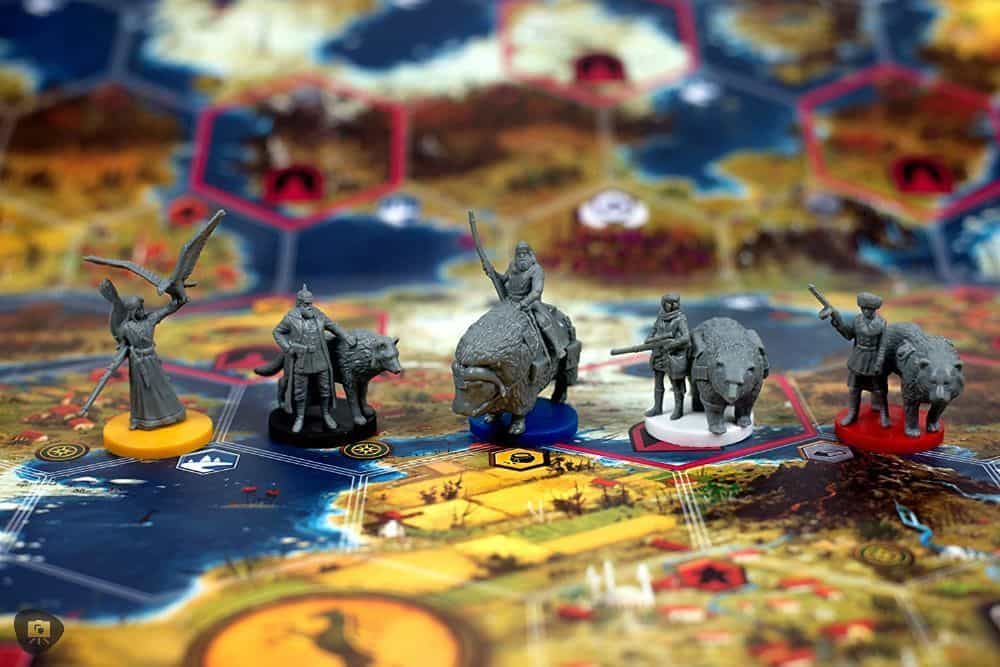
There are now more historical wargames available than ever before, catering to all interests and levels of expertise. With the advent of digital technologies and social media, many of these games are now more accessible than ever before. There is certainly a wargaming club or community near you, if you haven’t found one already.
Finally, crowdfunding platforms like Kickstarter have made it easier than ever for independent developers to bring their ideas to life. As a result, we’re seeing a real renaissance in historical wargaming, with new and innovative titles appearing all the time.
So whatever your interest in historical wargaming, make sure to keep an eye on the future of the genre. With so much innovation happening at the moment, it’s an exciting time to be a fan.
Final Thoughts in Tabletop Wargaming for All Ages
Tabletop war gaming is generally recommended for older players who can process mature themes, including aspects of violence, and the complexity of some game systems.
However, if you feel comfortable teaching your younger players basic rules, there are several family-friendly options available which usually entail engaging with a board game type-format, e.g., Scythe board game, Blood Bowl (Games Workshop).
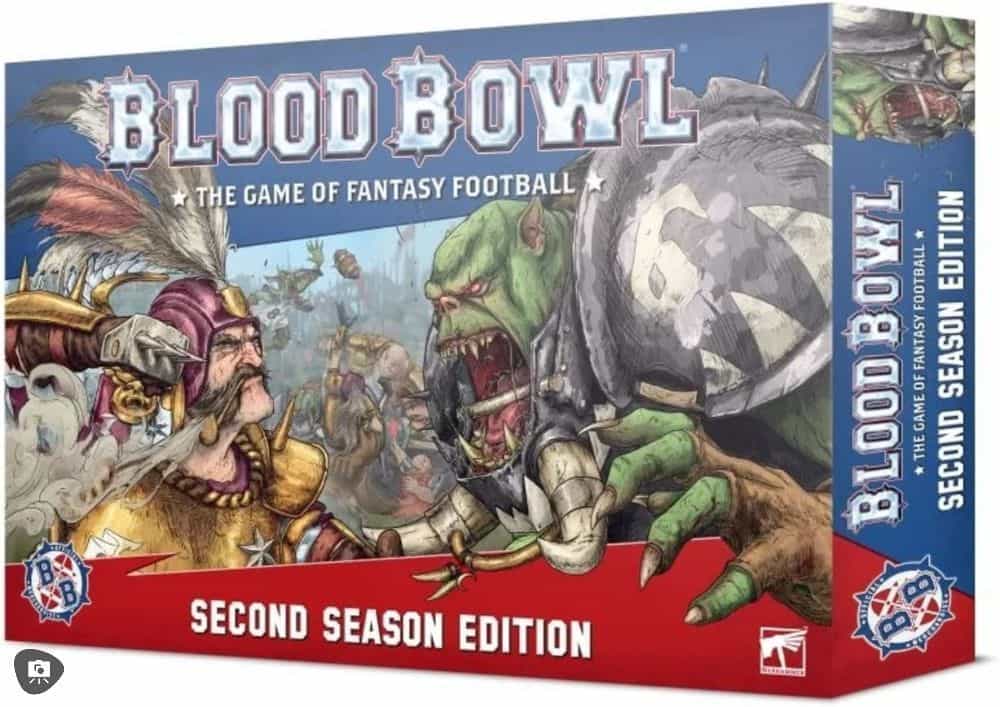
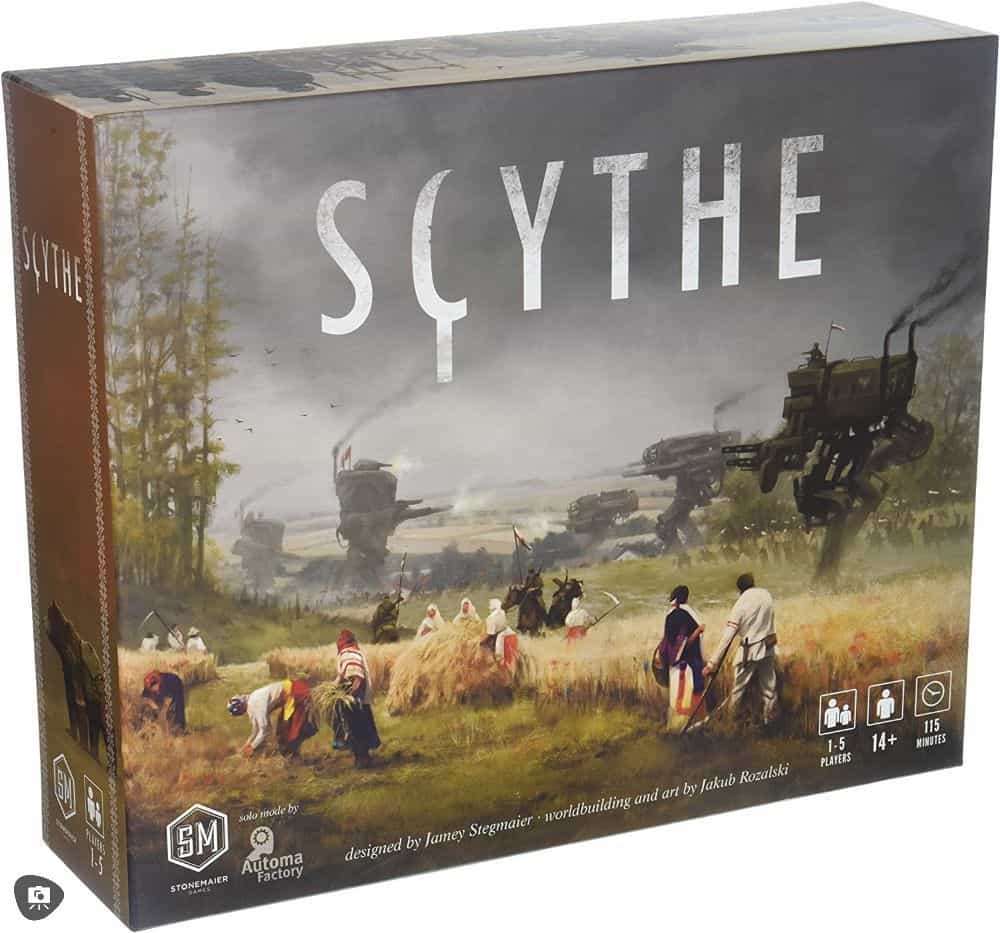
For those looking for the authentic, sprawling historical miniature gaming sets without breaking the bank, then I would recommend any of the games from Warlord Games, including Bolt Action, or Flames of War, another WW2 themed tabletop wargame.
The models for Flames of War are some of the coolest miniatures you’ll find at the 15mm scale. Read more about scale model sizes and conversions.
Conclusion
I see historical wargames played all around my local scene in the East Coast, USA. While, it’s certainly not as popular as Games Workshop offerings, e.g., Warhammer 40k, or board gaming at the moment. I do see the draw. There’s a realism and a tangible aspect to the miniatures and gameplay set in a “real place in time”.
With 3D printing and the creativity I see in the scale modeling spaces, too, particularly when it comes to historical pieces, I expect the genre of historical tabletop gaming to continue.
I hope you enjoyed this article, and it gave you some inspiration to explore the historical gaming niche (if you haven’t already).
Are you playing any historically-themed games that you love (or hate)? I’d love to hear about it. Leave a comment below!
Until then, happy gaming!
DID YOU MISS THESE 3 Popular Historical Wargaming Titles?
- Carnage and Glory II (Our favorite historic wargame system)
- Bolt Action (WW2 theme)
- Black Powder (European 19th Century theme)




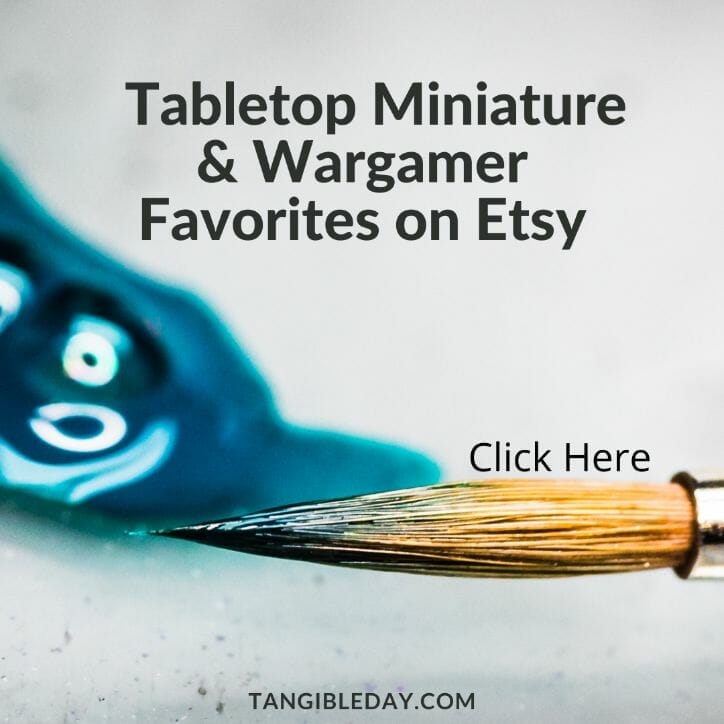

Tangible Day on YouTube (Miniatures and More!)



I am looking for historical war gamers in the Brantford and Hamilton area. I was a member of MIGS. Years of experience. Willing to help newbies. We were all newbies at one time